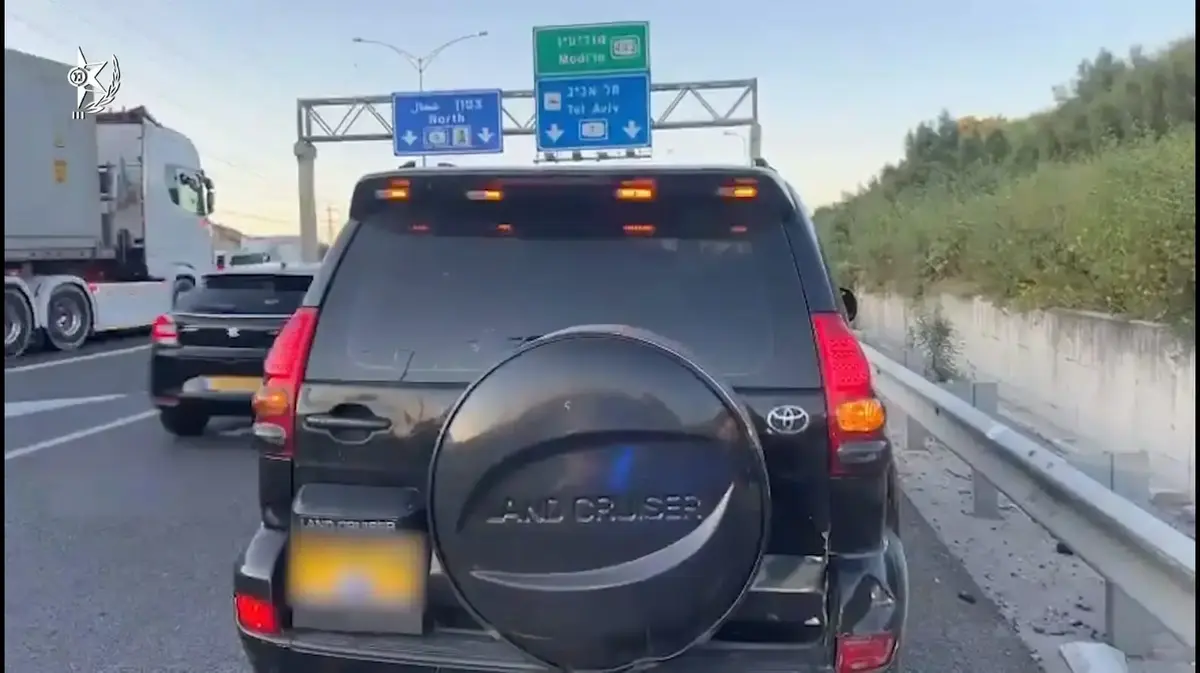Blue lights and a loud siren are not uncommon in traffic, especially in the city, but blue lights without sound? Find out what to do now.
Anyone who covers their ears as a precaution with blue light was certainly surprised one or the other time when this did not happen. Quickly but quietly, an ambulance, police car or fire brigade snakes its way through traffic. But the switching on of the siren was not only forgotten by the emergency team, but deliberately omitted. Driving with or without sound is based on the type of use.
Blue light with siren - this is how to behave correctly:
Hopefully, if a vehicle approaches you on the road with blue lights and the siren on, you will immediately know how to behave properly. Move aside and make room, because it's a matter of life and death. Whether it's the fire brigade, police or ambulance, anyone who is on the road with this attention-grabbing combination has to get through it as quickly as possible. Anyone who does not take evasive action where possible and thus hinders the rescue forces in their operation is liable to prosecution. That can mean a hefty fine.
Fire brigade and co. with blue lights but without siren, that's how you should react. © Chrome Orange/Imago
This regulation is regulated in paragraph § 38 (1), which is based on the Road Traffic Act (StVO) and grants emergency vehicles with a siren and blue lights a so-called right of way.
The following applies: "Blue flashing light together with the emergency horn may only be used if the utmost urgency is required to save human lives or avert serious damage to health, to avert a danger to public safety or order, to pursue fugitives or to preserve significant property."
You can find even more exciting car topics in our free newsletter, which you can subscribe to right here.
Blue light without a siren - this is what to do:
If you spot an emergency vehicle on the road with its blue lights switched on, but without the associated siren as a siren, it is not about life-saving operations. The blue light is only intended to warn that these vehicles are also allowed to ignore red lights, for example, or drive against the direction of travel into a one-way street and, if necessary, behave contrary to the actual traffic rules. However, you do not have to swerve and drive directly onto the side, but can continue carefully as usual.
0
Also Read
Tesla unstoppable: Model Y is the best-selling car in the world
READ
Black line on traffic sign is not an ornament: "Why don't you learn something like that in driving school?"
READ
75 years of Porsche: There's a fresh logo for the birthday
READ
Additional sign "Residents free": Who is allowed to drive through and what penalties are imminent
READ
In case of emergency, sleeping in the camper is allowed in the parking lot
READ
Fancy a voyage of discovery?
My Area
This is because these emergency vehicles do not enjoy the above-mentioned right of way, but only the special rights regulated in Section 35 of the Road Traffic Regulations. They are therefore exempt from some regulations of the road traffic regulations by the blue light as a clear warning signal, but still do not have to be let through by the rest of the road users under all circumstances.
Yellow flashing light in sight - who has to give way?
But also the garbage collection, various towing services, as well as some construction vehicles or heavy-duty transporters with extra width use flashing lights attached to their vehicles. These are then usually orange and only serve to warn other road users. Of course, there is no need to swerve here and these vehicles and their drivers are also regularly bound by the road traffic regulations.














